by supplychainreport
The United States is preparing for a significant shift in its trade policy landscape, with President Donald Trump announcing plans to increase tariffs on imported steel and aluminum from 25% to 50%. This move, set to take effect on Wednesday, is expected to influence key supply chain routes and reshape sourcing strategies across the manufacturing sector.
Steel and aluminum play vital roles in U.S. infrastructure and industrial production. Approximately 25% of steel consumed in the U.S. is imported, with top sources including Canada, Mexico, Japan, South Korea, and Germany — nations closely integrated into American manufacturing networks. Despite being the world’s largest steel exporter, China contributes a minimal share (just 1.8%) to U.S. steel imports due to the 2018 tariff measures that restricted its market access.
On the aluminum front, U.S. supply chains are even more import-dependent. Nearly 50% of the aluminum used domestically comes from international partners. Canada leads the way, accounting for over 3.2 million tons in 2024 — more than double the total imports from the next nine countries combined. The UAE and China follow as notable contributors, supplying 347,034 and 222,872 metric tons respectively.
With the U.S. aluminum smelting capacity representing only 1.73% of global output, according to the U.S. Geological Survey, imports remain essential to meet domestic demand.
While the tariff increase introduces new cost pressures, it also presents opportunities for businesses to reevaluate sourcing options, strengthen regional trade ties, and explore local alternatives where possible. For supply chain leaders, the shift signals a time for strategic agility and proactive trade planning.
#SCRUpdates #BreakingNews #SupplyChainReport #TariffsAndTrade #SteelImports #AluminumLogistics

















